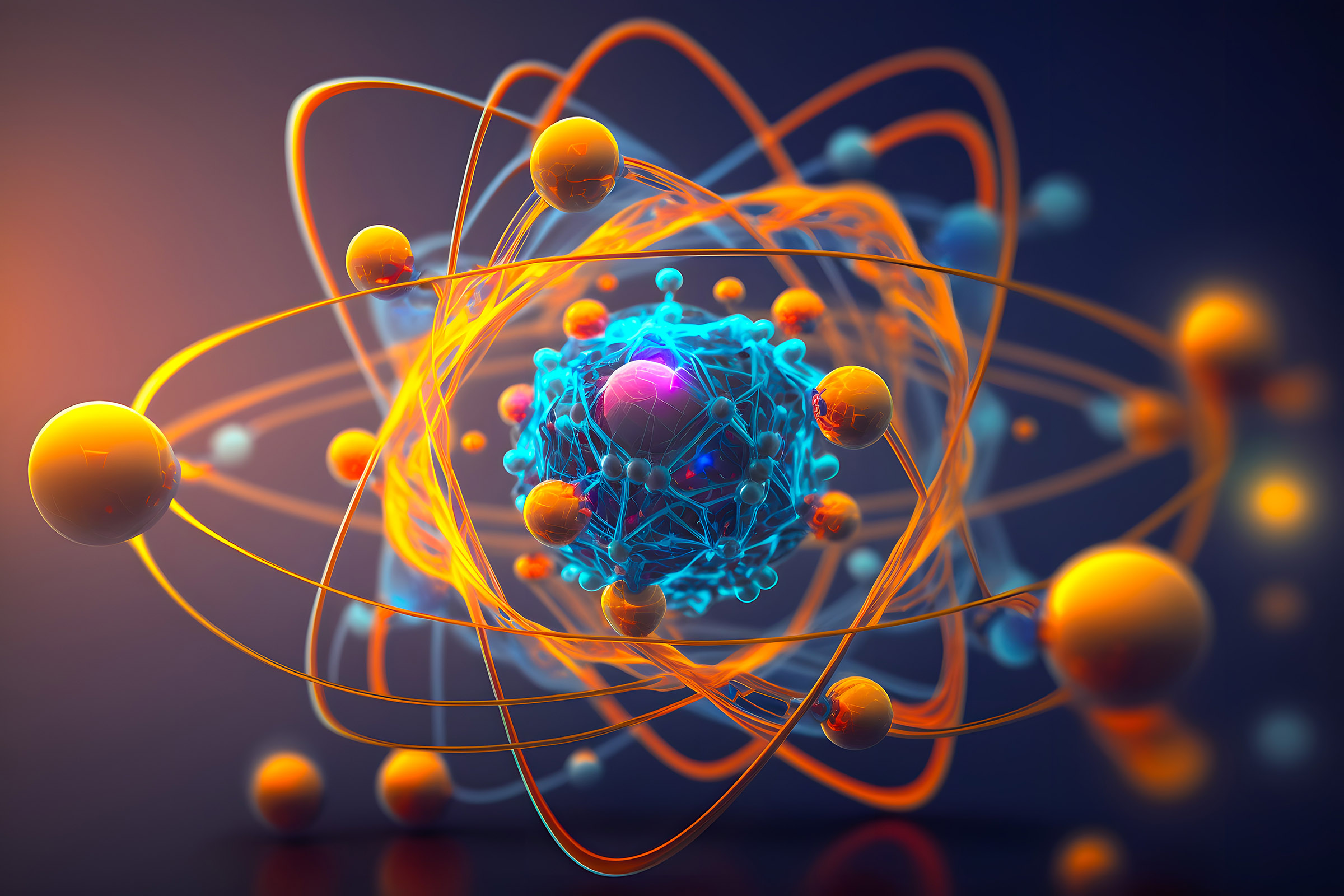Scientists Bent Atoms In An Experiment Everyone Thought Was Impossible
Scientists have demonstrated that atoms can exhibit wave-like behavior, challenging long-held assumptions that experiments of this nature were impossible and opening new doors in quantum physics. The experiment uses atoms and a one-atom-thick graphene sheet to recreate a classic quantum phenomenon: Particle diffraction.
This research could pave the way for revolutionary technologies, including highly sensitive gravitational wave detectors. The story begins several decades ago, in 1927, when physicist George Paget Thomson revealed that electrons, when passed through a crystal grating, produce a diffraction pattern—a hallmark of wave-like behavior.
Thomson's discovery not only earned him a Nobel Prize but also fueled advancements such as the electron microscope. For nearly a century, scientists have sought to replicate this diffraction effect in an impossible experiment with atoms. However, traditional methods required specially engineered gratings with relatively large gaps, limiting the sensitivity of the resulting patterns.

The crux of the issue was that using a crystal grating for atoms was deemed impossible because high-energy atoms, necessary for the process, were expected to damage the crystal. However, researchers at the German Aerospace Center have now achieved the seemingly impossible.
They've directed high-energy helium and hydrogen atoms at a graphene sheet—a single layer of carbon atoms. Remarkably, after 100 hours of exposure, the graphene showed no damage, and a distinct circular diffraction pattern was recorded. This experiment marks the first successful demonstration of atomic diffraction through a crystal grating.
The secret lies in the energy dynamics of the atoms. By exchanging energy with graphene atoms undetectably, the atoms retained their quantum wave properties. Bill Allison from the University of Cambridge explains this phenomenon with a vivid analogy: it's like opening and closing a door silently in a crowded room—no one knows which door was used, preserving the wave-like behavior.
The implications are profound. This discovery could lead to the development of atomic interferometers with unmatched sensitivity, potentially detecting gravitational waves beyond the capability of current technology. Scientists are optimistic about the potential applications of atomic diffraction, hailing the experiment as a bold leap forward in quantum research.
This achievement not only redefines what's possible in quantum mechanics but also highlights the ever-evolving nature of science, where seemingly insurmountable challenges inspire innovations that shape the future.
